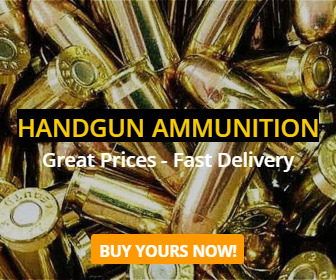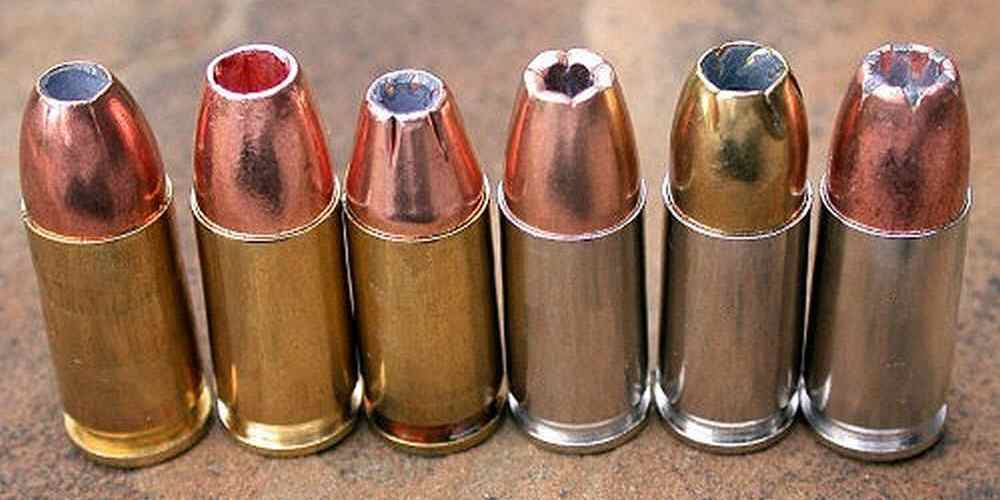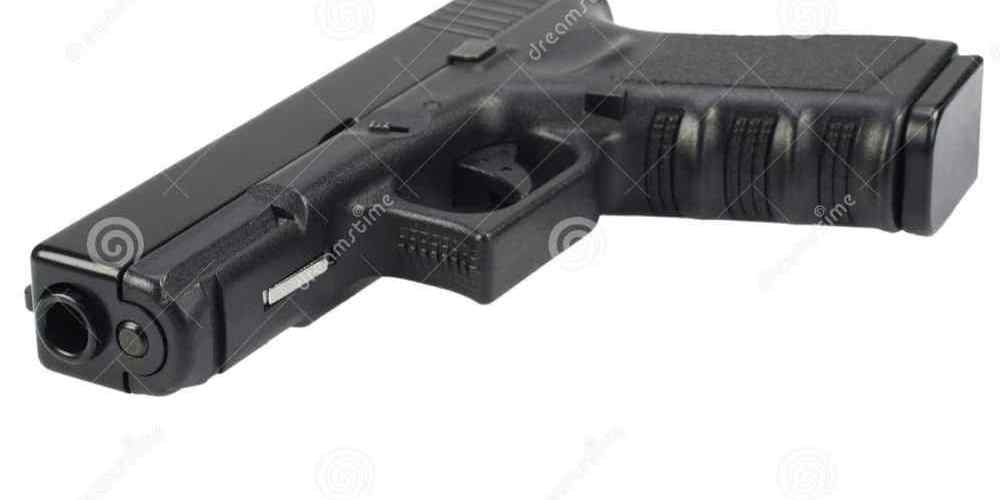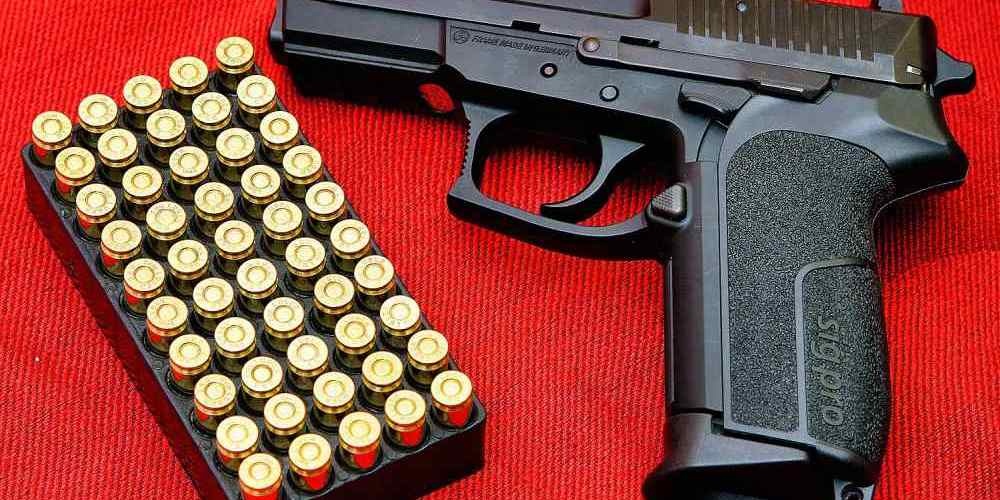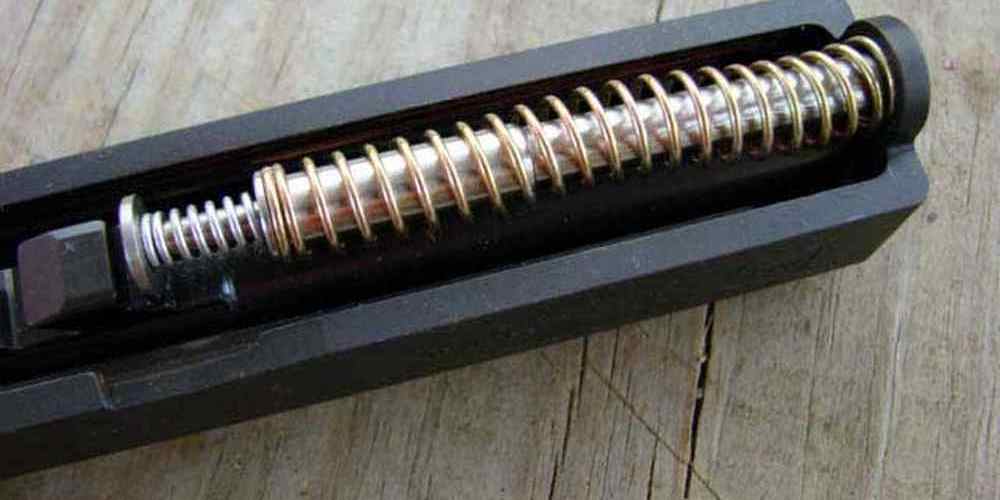“Unlock the language of firearms with our comprehensive glossary.”
Caliber
When it comes to understanding firearms and ammunition, there are a lot of technical terms and jargon that can be overwhelming for beginners. One of the most important concepts to grasp is the concept of caliber. Caliber refers to the diameter of the bullet or projectile that a firearm is designed to fire. It is crucial to understand the different calibers available, as using the wrong caliber ammunition in a firearm can be dangerous and potentially damaging to the weapon.
Caliber is typically expressed in either inches or millimeters. For example, a .22 caliber bullet has a diameter of .22 inches, while a 9mm bullet has a diameter of 9 millimeters. The caliber of a firearm is determined by the size of the barrel and the chamber, which must be compatible with the specific caliber of ammunition being used.
There are a wide variety of calibers available for firearms, ranging from small calibers like .22LR to larger calibers like .50 BMG. Each caliber has its own unique characteristics and uses, so it is important to choose the right caliber for your intended purpose. For example, smaller calibers like .22LR are commonly used for target shooting and small game hunting, while larger calibers like .308 Winchester are popular for big game hunting and long-range shooting.
In addition to the diameter of the bullet, caliber also refers to the length of the cartridge case that holds the bullet and propellant. This is important to consider when selecting ammunition, as different firearms are designed to accommodate different cartridge lengths. For example, a firearm chambered in .223 Remington cannot safely fire ammunition designed for a .556 NATO chamber, even though the two calibers have the same bullet diameter.
It is also important to understand the difference between rimfire and centerfire ammunition when discussing caliber. Rimfire ammunition, like .22LR, has the primer located in the rim of the cartridge case, while centerfire ammunition, like 9mm, has the primer located in the center of the case. Centerfire ammunition is generally more reliable and powerful than rimfire ammunition, making it a popular choice for self-defense and hunting applications.
When selecting ammunition for your firearm, it is essential to choose the correct caliber to ensure safe and reliable operation. Using the wrong caliber ammunition can result in malfunctions, damage to the firearm, and even injury to the shooter. Always consult your firearm’s owner’s manual or a knowledgeable gun store employee to determine the correct caliber for your firearm.
In conclusion, understanding caliber is essential for anyone who owns or uses firearms. By familiarizing yourself with the different calibers available and their respective uses, you can make informed decisions when selecting ammunition for your firearm. Remember to always use the correct caliber ammunition for your firearm to ensure safe and reliable operation.
Grain
When it comes to understanding ammunition for semi-automatic firearms, there are a few key terms that every gun owner should be familiar with. One of the most important terms to understand is “grain.” Grain refers to the weight of a bullet or projectile, and it plays a crucial role in determining the performance of a round.

In the world of ammunition, the term “grain” is used to measure the weight of a bullet. One grain is equivalent to 1/7000th of a pound, so a 100-grain bullet weighs 0.0143 pounds. The weight of a bullet is important because it affects the velocity, trajectory, and stopping power of a round.
When it comes to choosing ammunition for your semi-automatic firearm, the grain weight of the bullet is a key factor to consider. Lighter bullets typically have higher velocities and flatter trajectories, making them ideal for long-range shooting. On the other hand, heavier bullets have more stopping power and are better suited for hunting or self-defense.
For example, a 55-grain bullet is commonly used in .223 Remington ammunition, which is popular for target shooting and varmint hunting. This lighter bullet weight allows for high velocities and flat trajectories, making it ideal for shooting at longer distances. On the other hand, a 180-grain bullet is commonly used in .40 S&W ammunition, which is popular for self-defense and law enforcement applications. The heavier bullet weight provides increased stopping power, making it effective for close-range encounters.
When selecting ammunition for your semi-automatic firearm, it’s important to consider the grain weight of the bullets you are using. Different grain weights will perform differently in terms of velocity, trajectory, and stopping power, so it’s important to choose the right ammunition for your intended purpose.
In addition to considering the grain weight of the bullets you are using, it’s also important to understand how different grain weights can affect the performance of your firearm. Heavier bullets may require a faster twist rate in the barrel to stabilize the projectile, while lighter bullets may perform better with a slower twist rate. It’s important to consult with a knowledgeable gunsmith or ammunition manufacturer to ensure that you are using the right ammunition for your firearm.
In conclusion, understanding the term “grain” is essential for anyone who owns a semi-automatic firearm. The grain weight of a bullet plays a crucial role in determining the performance of a round, including velocity, trajectory, and stopping power. By choosing the right ammunition for your firearm and understanding how different grain weights can affect performance, you can ensure that you are getting the most out of your semi-automatic firearm.
Full Metal Jacket
When it comes to understanding ammunition, there are a lot of terms and jargon that can be confusing for beginners. One term that you may have heard thrown around is “full metal jacket.” But what exactly does this term mean, and how does it impact the performance of your ammunition?
In simple terms, a full metal jacket (FMJ) is a type of bullet that is encased in a jacket made of a harder metal, typically copper or steel. This jacket covers the entire bullet, leaving only the base exposed. The purpose of the jacket is to prevent the lead core of the bullet from deforming upon impact, which can help improve accuracy and penetration.
FMJ bullets are commonly used in military and target shooting applications because they are more affordable than other types of ammunition and tend to have good penetration capabilities. However, they are not typically recommended for self-defense purposes, as they have a tendency to over-penetrate and may not expand upon impact, leading to less stopping power.
One of the key benefits of using FMJ ammunition is that it tends to be more reliable and consistent than other types of bullets. Because the jacket helps to protect the core of the bullet from deformation, FMJ rounds are less likely to experience issues like tumbling or keyholing, which can impact accuracy and performance.
Another important factor to consider when using FMJ ammunition is the potential for ricochets. Because FMJ bullets are designed to penetrate targets rather than expand upon impact, they are more likely to ricochet off hard surfaces like concrete or metal. This can pose a danger to bystanders or property, so it’s important to be mindful of your surroundings when using FMJ ammunition.
In addition to understanding the benefits and drawbacks of using FMJ ammunition, it’s also important to be familiar with the different types of FMJ bullets available on the market. Some common variations include boat-tail FMJ bullets, which have a tapered base that can help improve aerodynamics and accuracy, and open-tip FMJ bullets, which have a small opening at the tip that can help improve expansion upon impact.
Overall, full metal jacket ammunition is a versatile and reliable option for military and target shooting applications. While it may not be the best choice for self-defense purposes, FMJ rounds offer good penetration capabilities and consistent performance. By understanding the basics of FMJ ammunition and how it differs from other types of bullets, you can make informed decisions about the best ammunition for your shooting needs.
Hollow Point
When it comes to understanding ammunition, there are a lot of terms and jargon that can be confusing for beginners. One such term that often comes up in discussions about ammunition is “hollow point.” Hollow point ammunition is a type of bullet that is designed to expand upon impact, creating a larger wound channel and increasing the likelihood of stopping a threat. In this article, we will explore the ins and outs of hollow point ammunition and explain why it is a popular choice for self-defense and law enforcement applications.
Hollow point ammunition gets its name from the hollow cavity at the tip of the bullet. This hollow cavity is designed to cause the bullet to expand upon impact, creating a larger wound channel and transferring more energy to the target. This expansion can lead to more effective stopping power, as the increased size of the wound channel can cause more damage to vital organs and tissues.
One of the key benefits of hollow point ammunition is its ability to reduce the risk of over-penetration. Over-penetration occurs when a bullet passes through the target and continues on its trajectory, potentially striking unintended targets behind the original target. Hollow point bullets are designed to expand upon impact, which can help to slow the bullet down and prevent it from over-penetrating. This can be especially important in self-defense situations, where the risk of hitting bystanders or innocent individuals is a major concern.
Another benefit of hollow point ammunition is its ability to transfer more energy to the target upon impact. When a hollow point bullet expands, it creates a larger wound channel and causes more damage to the target. This increased damage can lead to faster incapacitation of the threat, making hollow point ammunition a popular choice for self-defense and law enforcement applications.
There are several different types of hollow point ammunition available on the market, each with its own unique design and performance characteristics. Some common types of hollow point ammunition include jacketed hollow points (JHP), bonded hollow points, and polymer-tipped hollow points. Each of these types of ammunition is designed to provide reliable expansion and stopping power, making them popular choices for self-defense and law enforcement applications.
In conclusion, hollow point ammunition is a popular choice for self-defense and law enforcement applications due to its ability to expand upon impact, create a larger wound channel, and transfer more energy to the target. By understanding the benefits of hollow point ammunition and the different types available, shooters can make informed decisions about the best ammunition for their needs. Whether you are a seasoned shooter or a beginner, hollow point ammunition is a term that you need to know.
Ballistic Coefficient
When it comes to understanding firearms and ammunition, there are a lot of technical terms that can be confusing for beginners. One such term that is important to understand is the ballistic coefficient. The ballistic coefficient, often abbreviated as BC, is a measure of how well a bullet can overcome air resistance as it travels through the air. In simpler terms, it is a measure of how streamlined a bullet is.
The ballistic coefficient of a bullet is determined by its shape, weight, and diameter. Bullets with a higher ballistic coefficient are more aerodynamic and will retain their velocity and energy better over long distances. This means that they will have a flatter trajectory and be less affected by wind drift.
Understanding the ballistic coefficient of a bullet is important for shooters who want to make accurate long-range shots. By knowing the ballistic coefficient of a particular bullet, shooters can make adjustments to their sights or scopes to compensate for factors like bullet drop and wind drift.
There are several ways to calculate the ballistic coefficient of a bullet, but the most common method is to use a ballistic calculator. These calculators take into account the weight, diameter, and shape of the bullet, as well as other factors like muzzle velocity and atmospheric conditions, to determine the bullet’s ballistic coefficient.
When shopping for ammunition, you may come across terms like G1 or G7 ballistic coefficient. These refer to the standard models used to calculate the ballistic coefficient of a bullet. The G1 model is based on a flat-based, boat-tail bullet, while the G7 model is based on a long, VLD (very low drag) bullet. The G7 model is considered to be more accurate for modern, high-BC bullets.
It’s important to note that the ballistic coefficient of a bullet is not a fixed number. It can vary depending on factors like velocity, temperature, and altitude. As a result, shooters may need to adjust their calculations based on the specific conditions they are shooting in.
In conclusion, the ballistic coefficient is an important factor to consider when choosing ammunition for long-range shooting. By understanding this term and how it affects the performance of a bullet, shooters can make more informed decisions about their equipment and improve their accuracy on the range. So next time you’re shopping for ammo, be sure to check the ballistic coefficient and choose the right ammunition for your shooting needs.


